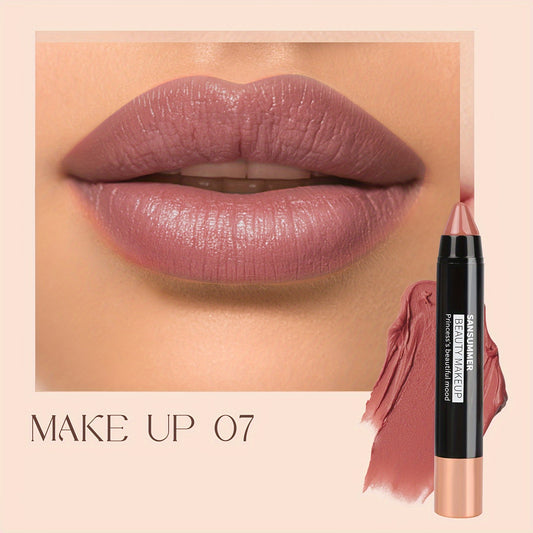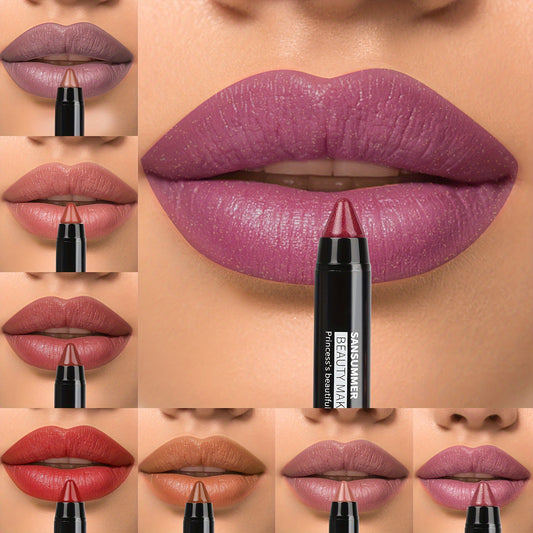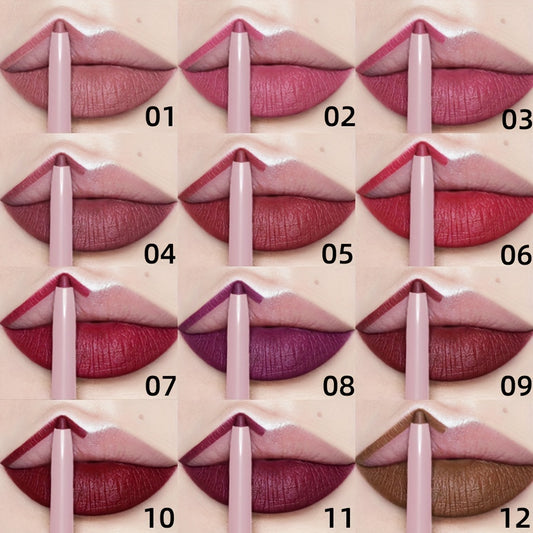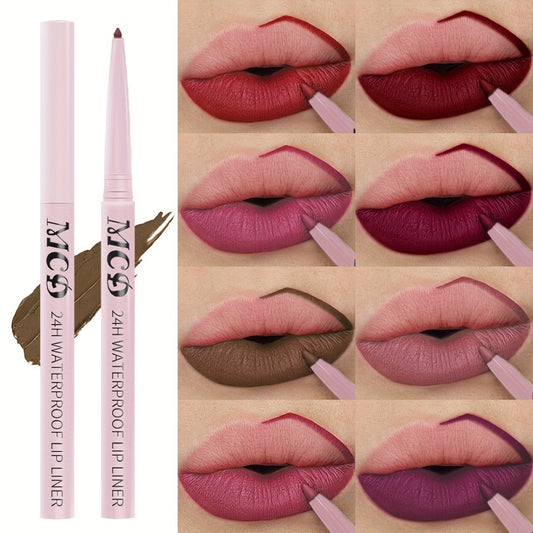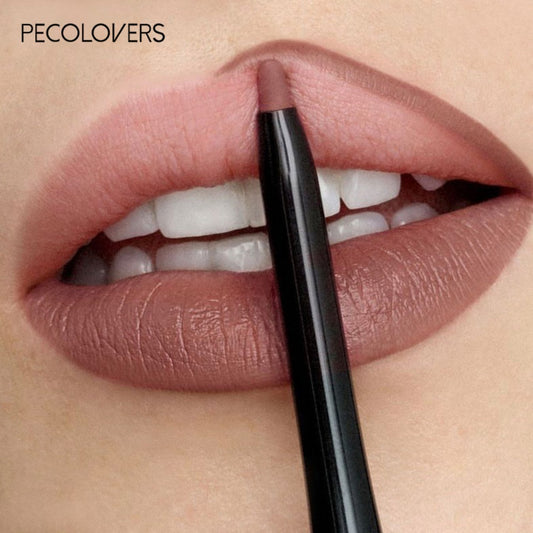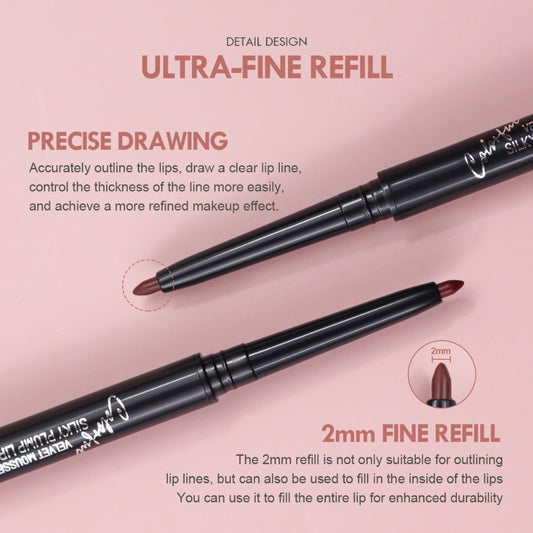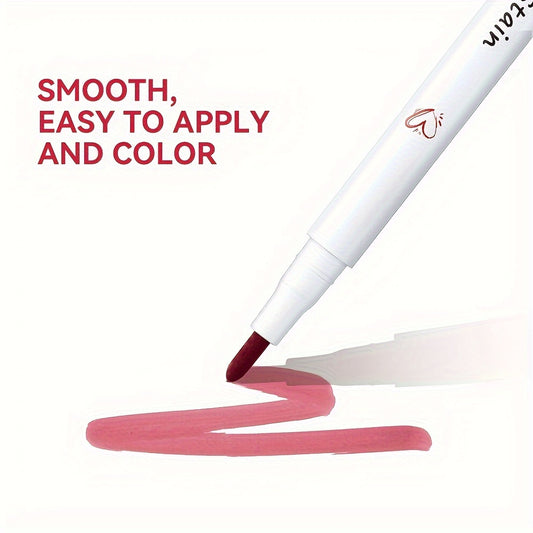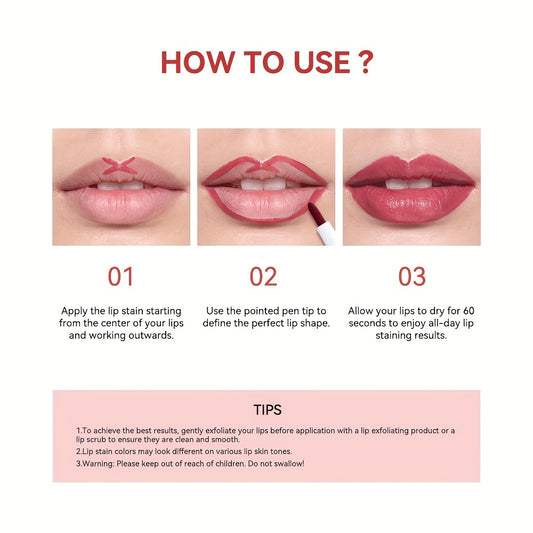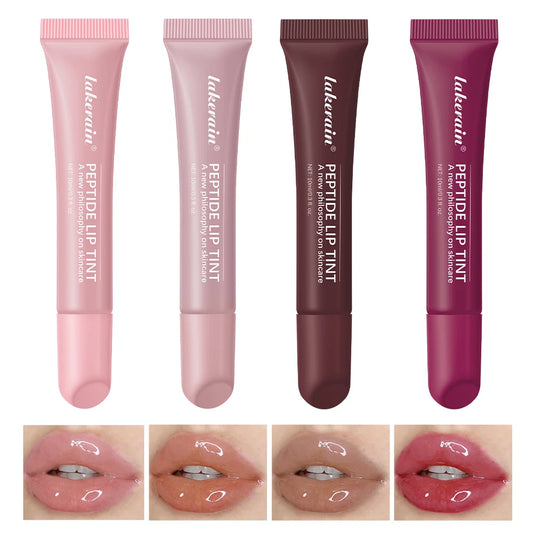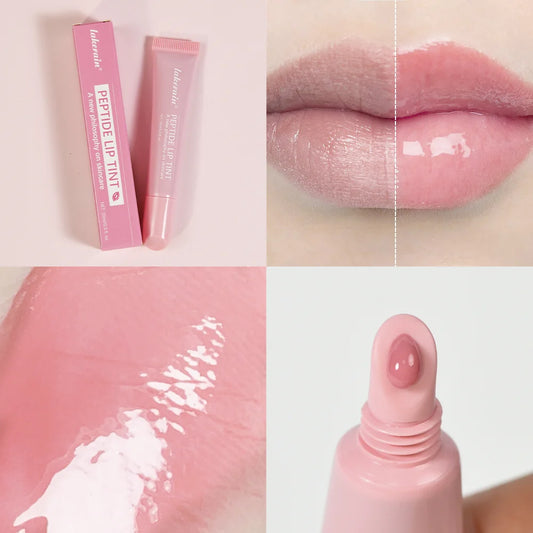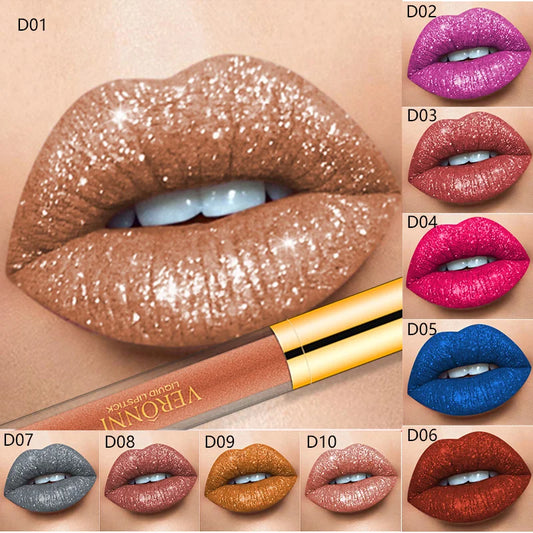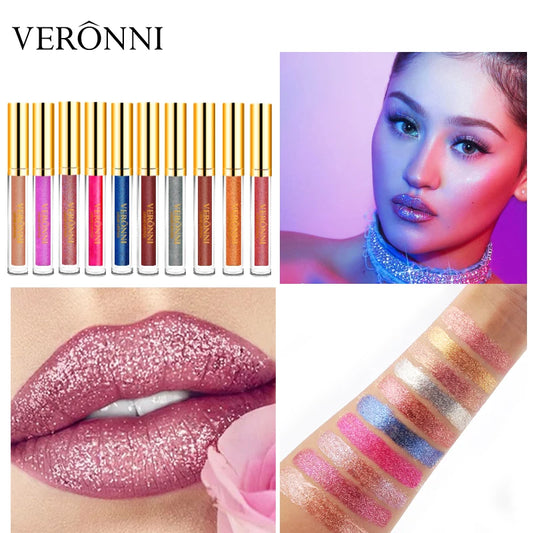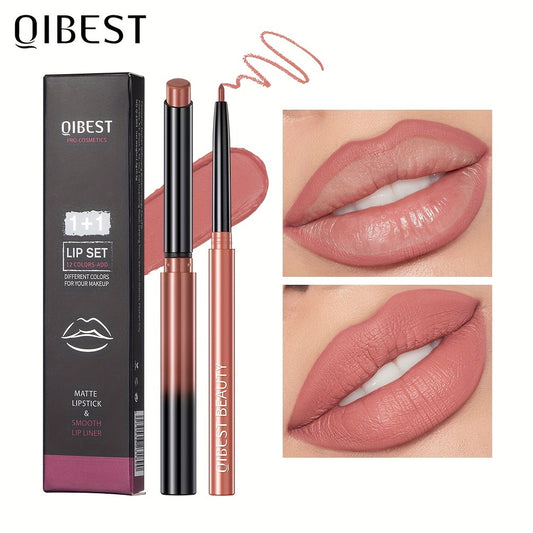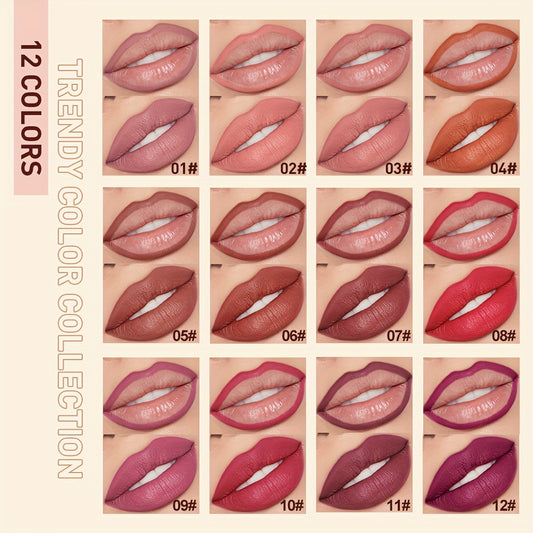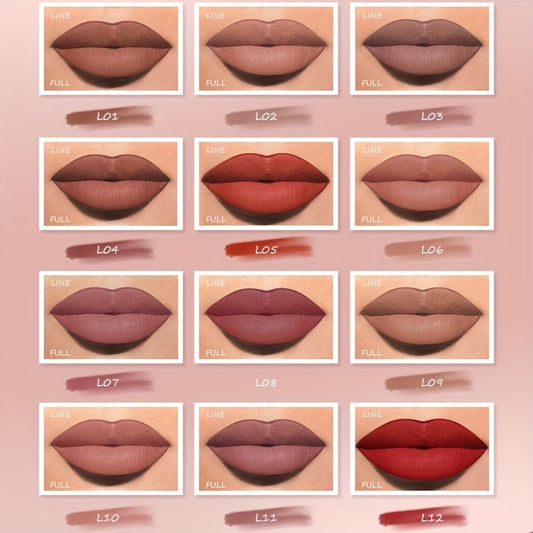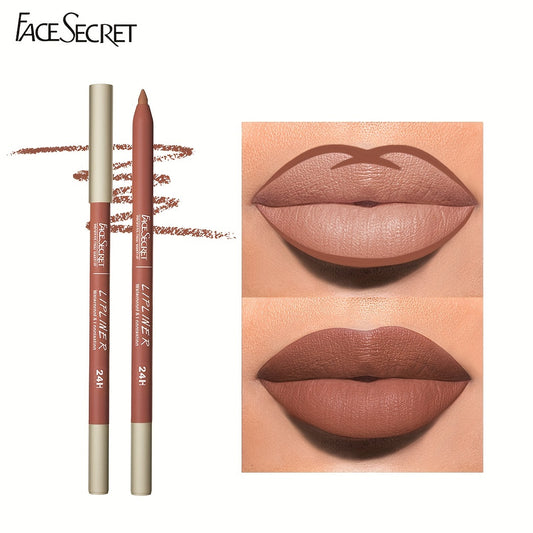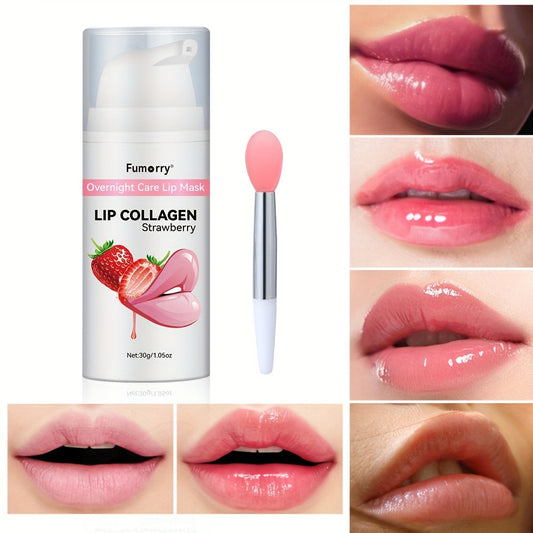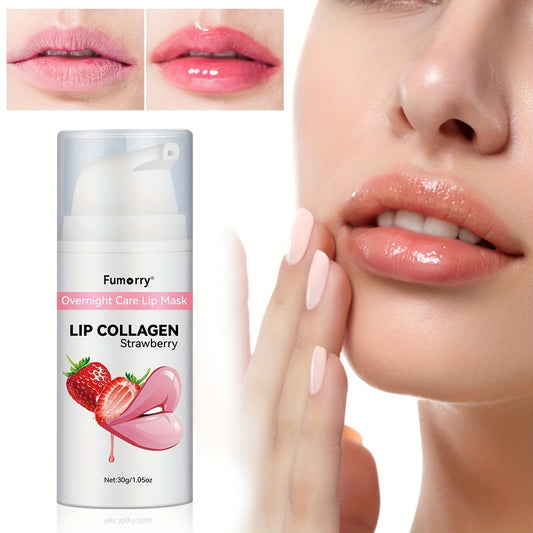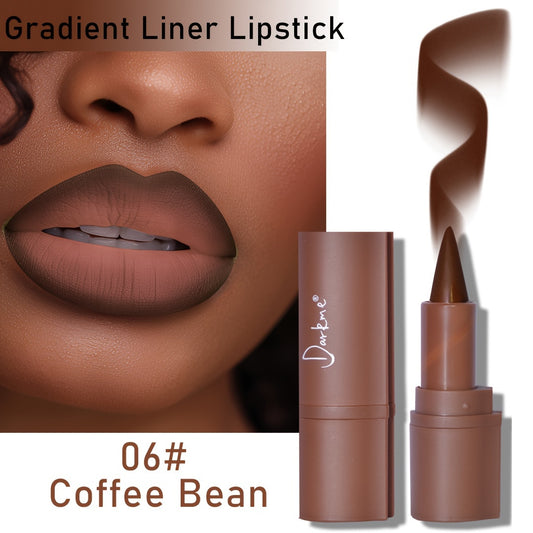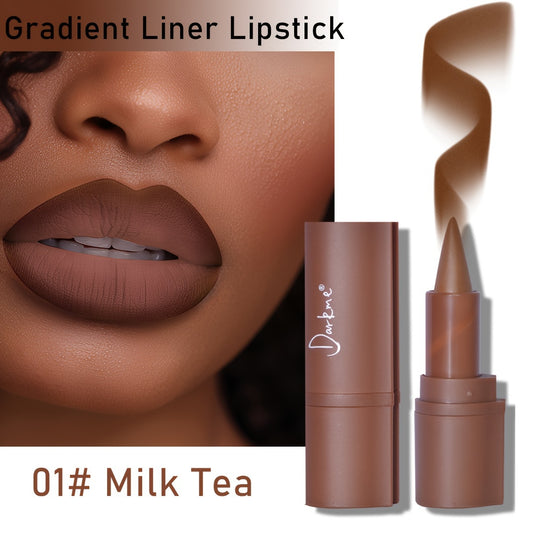Understanding the Many Lip Balm Advantages for Healthy Lips
Share
Ever wonder why some people always have nice, smooth lips? A lot of times, it comes down to using lip balm. It is not just for when your lips feel dry; there are actually many lip balm advantages that help keep your lips looking and feeling good every day. Let us talk about why this little tube or pot is such a big deal for lip health.
Key Takeaways
- Lip balm helps protect your lips from things like wind and sun, keeping them from getting rough.
- It makes your lips feel softer and can even make them look a bit fuller.
- Using lip balm regularly keeps your lips from getting dry and flaky by holding in moisture.
- It can be a good base for other lip products, or even give a little bit of color on its own.
- Putting it on often, especially in the morning, helps your lips stay healthy all day.
Essential Protection for Lip Health

Our lips? They're kinda delicate. Way more sensitive than the skin on, say, your arm. That means they need some serious TLC to stay healthy. Lip balm isn't just about making your lips look good; it's about protecting them from all sorts of stuff that can mess them up.
Shielding Lips from Environmental Stressors
Think about everything your lips go through every day. Wind, pollution, even just the dry air in your office can suck the moisture right out. A good lip balm acts like a shield, creating a barrier between your lips and all those nasty environmental factors. It's like a bodyguard for your pout!
- Windburn is a real thing, and it's not fun.
- Pollution can irritate your lips, making them dry and chapped.
- Dry air, especially in winter, is a lip's worst enemy.
Using lip balm is a simple way to keep your lips protected from the elements. It's a small step that can make a big difference in the long run.
The Importance of SPF for Lip Protection
Did you know your lips can get sunburned? Seriously! And since the skin on your lips is so thin, they're actually more vulnerable to sun damage than other parts of your face. That's why lip balm with SPF is a must, especially if you spend a lot of time outdoors. Sun protection isn't just for the beach; it's an everyday thing.
Consider this:
| UV Index | Recommended SPF | Reapplication Frequency |
|---|---|---|
| Low (0-2) | SPF 15 | Every 2 hours |
| Moderate (3-5) | SPF 30 | Every 2 hours |
| High (6+) | SPF 30+ | Every 1-2 hours |
Preventing and Healing Chapped Lips
Okay, let's talk about chapped lips. They're annoying, uncomfortable, and sometimes even painful. But guess what? Lip balm can help! By keeping your lips hydrated, lip balm can prevent them from getting chapped in the first place. And if you already have chapped lips, a good balm can speed up the healing process. Look for ingredients like shea butter, coconut oil, or hyaluronic acid – they're super moisturizing.
Here's a quick checklist for dealing with chapped lips:
- Apply lip balm frequently, especially after eating or drinking.
- Avoid licking your lips, as this can actually make them drier.
- Use a humidifier at night to add moisture to the air.
Enhancing Lip Appearance and Feel

Lip balm isn't just about keeping your lips healthy; it can also make them look and feel better. Who doesn't want softer, plumper-looking lips? And sometimes, a little color or shine is all you need to complete your look. Let's explore how lip balm can boost your lip game.
Achieving Softer and Plumper Lips
Properly hydrated skin looks softer, more youthful, and plump, and that includes your lips! Lip balm creates a protective barrier, shielding your lips from the elements while keeping them moisturized. This can make your lips appear fuller and smoother. Think of it as skincare, but specifically for your pout. A smooth canvas is the perfect base for any lip look you plan on doing.
Providing a Subtle Flush of Color
Tired of heavy lipsticks? Many lip balms offer a subtle tint that enhances your natural lip color. It's like your lips, but better! A tinted lip balm is perfect for those days when you want a natural look with a little extra something. You can even build up the color by applying multiple layers. It's a low-maintenance way to add a touch of color to your face.
The Alluring Glossy Effect
Some lip balms provide a glossy finish, giving your lips a healthy and attractive shine. It's a simple way to make your lips look more luscious and defined. Plus, the gloss can reflect light, making your lips appear even fuller. It's a great alternative to heavier lip glosses that can feel sticky or uncomfortable. You can find many lip balm brands that offer glossy options.
Lip balm is a true multitasker. It can add moisture to dry spots like your cuticles, elbows, and the tip of your nose during a cold, tame flyaways and eyebrow hairs that won’t stay put, add some glow to the cheeks as a highlighter, make your perfume last (apply a bit to your pulse points before spritzing), and more.
Optimizing Lip Hydration and Moisture

Locking In Essential Moisture
Lip balms are more than just a quick fix; they're a key part of keeping your lips healthy. The skin on our lips is super delicate, way more so than the rest of our face, which means it's easier for them to dry out. Unlike the rest of our skin, our lips don't have oil glands to keep them naturally moisturized. That's why a good lip balm is so important. It helps to replace lost moisture and keep your lips feeling soft and healthy. Think of it like a shield against the world!
- Look for ingredients like shea butter.
- Consider beeswax for a protective barrier.
- Don't forget about the power of coconut oil.
Using a lip balm regularly is a simple way to combat dryness and keep your lips looking and feeling their best. It's a small step that can make a big difference, especially when the weather is harsh or you're spending a lot of time outdoors.
Maintaining Supple Lip Texture
Ever wonder why some people always seem to have perfectly smooth lips? It's not just luck! Regular lip balm use can seriously improve your lip texture. Dry, cracked lips aren't just uncomfortable; they can also look kind of rough. A good balm helps to smooth things out, making your lips feel softer and look healthier. Plus, when your lips are well-hydrated, they naturally look a little plumper, which is always a bonus. Consider a tinted lip moisturizer with SPF for everyday use.
Combating Dryness and Flaking
Dry, flaky lips are the worst! They can be painful, unsightly, and even make it hard to smile comfortably. Lip balm to the rescue! By creating a barrier on your lips, lip balm helps to prevent moisture loss and protect against environmental factors like wind and cold. This is especially important in the winter, when dry air can really wreak havoc on your lips. Reapplying throughout the day is key. Think of it as a constant defense against dryness. Some people like to use aloe-vera-magic-color-change-lipstick for this purpose.
| Time of Day | Benefit |
|---|---|
| Morning | Protection from daily environmental factors |
| Night | Deep hydration and repair |
| Throughout Day | Continuous moisture replenishment |
Integrating Lip Balm into Your Beauty Regimen
Incorporating into Makeup and Skincare Routines
Think of lip balm as the unsung hero of your beauty routine. It's not just a quick fix for dry lips; it's a foundational element that can improve your overall look and the health of your lips. For makeup, a light layer of balm before lipstick can create a smooth base, preventing that dreaded dry, cracked look. It also stops your lipstick from sucking the moisture out of your lips throughout the day. In your skincare routine, lip balm should be the final step, sealing in all the hydration from your other products. It's like a topcoat for your lips, ensuring they get the same love and attention as the rest of your face. Don't forget to check out these healthy lip balm brands for options that cater to diverse preferences.
Feeling Lighter Than Other Lip Products
One of the best things about lip balm is how light it feels. Unlike some lipsticks or glosses that can feel heavy or sticky, lip balm is barely there. You can swipe it on and almost forget about it, which makes it perfect for everyday wear. This light feel also makes it great for layering. Want a little more color or definition? Just add a neutral lip liner on top of your balm. It's a simple way to enhance your look without sacrificing comfort. Our vegan and cruelty free Nourishing Lip Balm is a great option for those seeking a light and moisturizing formula.
Pairing Exfoliation with Hydration
Exfoliating your lips might sound extra, but it's a game-changer. Just like your face, your lips can get a buildup of dead skin cells, leading to flakiness and a rough texture. A gentle lip scrub once or twice a week can remove those dead cells, revealing smoother, healthier lips. The key is to follow up with a hydrating lip balm immediately after exfoliating. This helps to soothe and repair the newly exposed skin, maximizing the benefits of both steps. It's like a mini spa treatment for your lips, leaving them soft, supple, and ready to take on the day. For those prone to dryness, consistent reapplication of tinted lip balm is essential to prevent cracks from worsening.
Think of lip balm as a multitasker. It's not just for your lips! Dab a little on dry cuticles, elbows, or even the tip of your nose when you have a cold. It can also tame flyaways, add a subtle glow to your cheeks, or even help your perfume last longer. It's a true beauty essential that deserves a spot in every bag.
Strategic Application for Maximum Benefits
Morning Application for Lasting Protection
Starting your day with lip balm is like giving your lips a shield for whatever comes next. Think of it as the first step in your daily defense. Applying lip balm in the morning helps protect your lips from the get-go, whether you're facing dry air, sunshine, or just the everyday elements. It's a simple habit that can make a big difference.
Consistent Reapplication Throughout the Day
Lip balm isn't a one-and-done deal. Reapplying it throughout the day is key to keeping your lips happy. I usually reapply after eating or drinking, especially if it's something that might wipe it off. Here's a rough guide I try to follow:
- After breakfast
- Before lunch
- After lunch
- Mid-afternoon
- Before bed
It sounds like a lot, but it becomes second nature. Plus, having a barrier-enhancing lip product handy makes it easier to remember.
Understanding Optimal Usage Times
There are times when lip balm is extra helpful. Before bed is a big one, because your lips can dry out overnight. Also, before you head outside, especially if it's cold or sunny. And definitely before applying any luscious-mirror-lip-glaze, because some lipsticks can be drying. Basically, anytime you think your lips might need a little extra love, go for it.
I've found that paying attention to how my lips feel is the best way to know when to reapply. If they start to feel even a little bit dry, I reach for my lip balm. It's all about being proactive and keeping them moisturized before they get chapped.
Choosing the Right Lip Balm for Your Needs
It's easy to get lost in the sea of lip balms out there. They all promise the same thing, right? Not exactly. Finding the perfect lip balm really depends on what your lips need. Let's break it down.
Comparing Natural Versus Synthetic Formulations
Natural lip balms often use things like essential oils and vitamins. People like them because they're gentle. Synthetic balms might use petroleum, which creates a strong barrier. But, they might not be as good at actually helping your lips in the long run. It's a trade-off. Some people swear by natural stuff, others don't mind the synthetic stuff as long as it works.
Selecting Products for Specific Concerns
Are your lips just a little dry, or are they cracked and painful? Do you need everyday moisture, or are you looking for something with SPF? Maybe you want a little color? Here's a quick guide:
- For basic moisture: Look for ingredients like hyaluronic acid or shea butter.
- For sun protection: Make sure it says "SPF" on the label. Reapply often!
- For healing: Menthol or camphor can help soothe really chapped lips.
- For color: Tinted balms are a great way to add a little something without using lipstick.
Identifying Key Hydrating Ingredients
The best lip balms have ingredients that actually pull moisture into your lips and keep it there. Here are some to look for:
- Hyaluronic acid: This stuff is a moisture magnet.
- Glycerin: Another great humectant (draws in moisture).
- Shea butter: Rich and moisturizing.
- Coconut oil: A classic for a reason. It's important to check the lip balm ingredients before buying.
It's easy to grab whatever's on sale, but taking a few minutes to read the label can make a big difference. Think about what your lips need and choose accordingly. Your lips will thank you!
Choosing the best lip balm for your unique needs doesn't have to be a puzzle. With so many options, it's all about understanding what your lips truly require. Discover our full guide to finding your perfect lip care solution by visiting our website now.
The Bottom Line
So, when you think about it, lip balm is really more than just a quick fix for dry lips. It does a lot of good stuff for keeping your pout looking and feeling nice. From helping them stay moisturized to putting up a little shield against the weather, it's a pretty handy item to have around. Making it a regular part of your day can really make a difference. Your lips will thank you for it, seriously.
Frequently Asked Questions
What exactly is lip balm, and why is it so important for my lips?
Lip balm is like a special moisturizer for your lips. Your lips are super delicate because their skin is much thinner than other parts of your body, and they don't have oil glands to keep them naturally moist. This means they can get dry, cracked, or chapped very easily, especially when it's windy, cold, or sunny. Lip balm helps by putting a protective layer on your lips, keeping them soft and healthy.
How does lip balm help protect my lips from the outside world?
Think of lip balm as a tiny shield for your lips. It creates a barrier that keeps harsh things like strong winds, cold air, and even pollution from drying them out. If your lip balm has SPF (sun protection factor), it also guards your lips from harmful sun rays, just like sunscreen protects your skin. This is really important because your lips can get sunburned too!
Can using lip balm make my lips look nicer?
Absolutely! When your lips are hydrated and smooth, they naturally look softer and a bit fuller. Lip balm fills in tiny lines and makes your lips feel great. Many lip balms also come with a hint of color or a nice shine, which can give your lips a healthy, attractive glow without needing heavy makeup. It's a simple way to boost your lip's natural beauty.
Is it true that some lip balms can actually make my lips more chapped or irritated?
Yes, surprisingly, some lip balms can cause problems. This happens if they contain ingredients that you might be allergic to, or ones that can actually dry out your lips over time. Things like mint, camphor, eucalyptus, or certain strong chemicals can sometimes make your lips feel worse instead of better. If your lips get more irritated after using a balm, it might be a sign to check the ingredients and try a different one.
How often should I put lip balm on to get the best results?
For truly healthy lips, you should put on lip balm pretty often throughout the day. Start in the morning, right after you wake up, to give your lips a good base layer of protection. Then, reapply it whenever your lips feel dry, or after you eat or drink, as that can wipe off the balm. Before bed is also a great time to put it on, so it can work its magic overnight. Consistency is key!
How can I choose the right lip balm for my specific needs?
Picking the best lip balm depends on what your lips need. If you're out in the sun a lot, definitely get one with SPF. If your lips are really dry or cracked, look for balms with super moisturizing ingredients like shea butter, coconut oil, or hyaluronic acid. If you want a little color, grab a tinted one. Always try to avoid balms with ingredients that might irritate your lips, especially if you have sensitive skin. Reading the label helps a lot!

